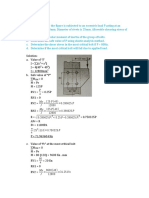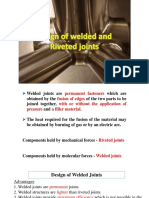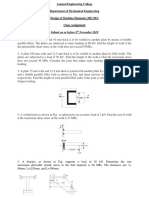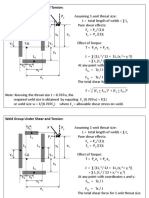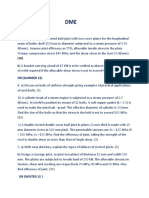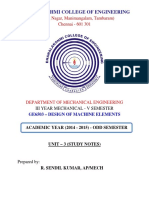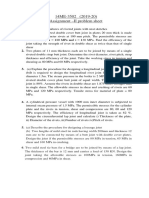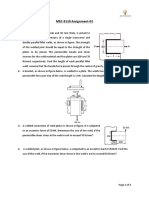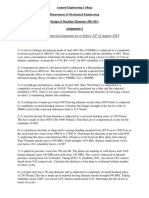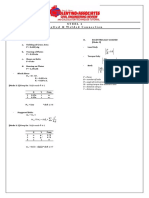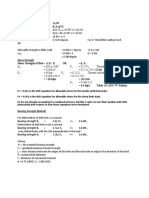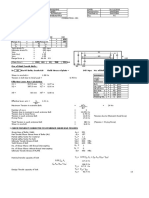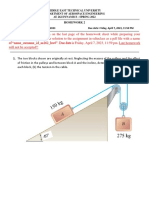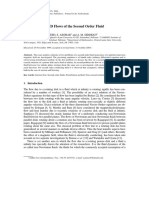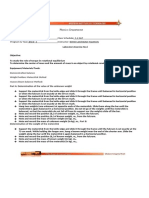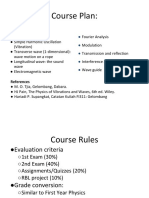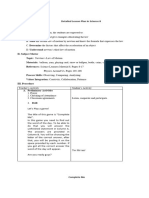0% found this document useful (0 votes)
16 views4 pagesSolved Questions Corrected
Uploaded by
tarunverma321321Copyright
© © All Rights Reserved
We take content rights seriously. If you suspect this is your content, claim it here.
Available Formats
Download as PDF, TXT or read online on Scribd
0% found this document useful (0 votes)
16 views4 pagesSolved Questions Corrected
Uploaded by
tarunverma321321Copyright
© © All Rights Reserved
We take content rights seriously. If you suspect this is your content, claim it here.
Available Formats
Download as PDF, TXT or read online on Scribd
/ 4







